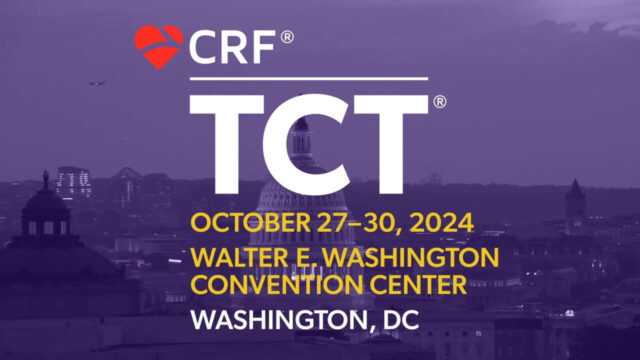Treating symptomatic severe aortic stenosis (AS) with aortic valve replacement is currently considered a class I recommendation, evidence level B, according to the current clinical guidelines. However, symptom assessment is usually complex and patients treated with aortic valve replacement present high rates of cardiac failure.

The aim of this study was to evaluate whether early aortic valve intervention might improve outcomes in patients with severe asymptomatic AS and myocardial fibrosis.
The primary outcome was a combined event of all-cause mortality or unplanned AS related hospitalization. Secondary end point included individual primary end point components.
224 patients with severe AS and myocardial fibrosis were randomized, 113 received conservative routine treatment and 111 received early intervention. Mean patient age was 75, and they were mostly men.
Read also: TCT 2024 – TAVR UNLOAD: Moderate Aortic Stenosis with Ventricular Function Deterioration.
There were fewer events among early intervention patients (HR 0.79 [CI 95% 0.44 a 1.43], p = 0.44), though without statistical significance. Individual analysis of secondary end point showed a significant reduction of unplanned hospitalization (HR 0.37 [CI 95% 0.16 a 0.88]).
Conclusion
In patients with severe asymptomatic AS and myocardial fibrosis, early intervention did not reduce primary end point incidence, the combination of all-cause mortality or unplanned hospitalization. However, the main benefit of early intervention seems to be a reduction in unplanned hospitalization, in addition to preventing the development of limiting symptoms.
Original Title: Early Intervention in Asymptomatic Patients with Severe Aortic Stenosis and Myocardial Fibrosis, The EVOLVED Randomized Clinical Trial.
Reference: Dr Marc Dweck MD PhD et al TCT 2024.
Subscribe to our weekly newsletter
Get the latest scientific articles on interventional cardiology





